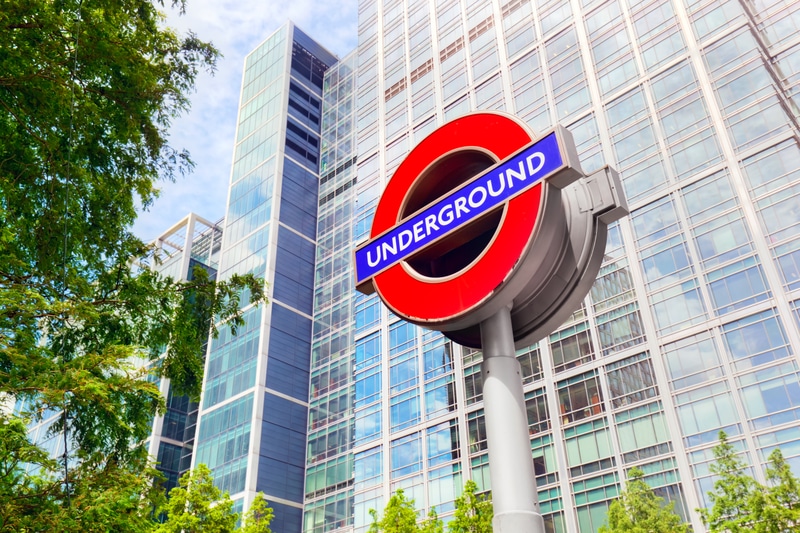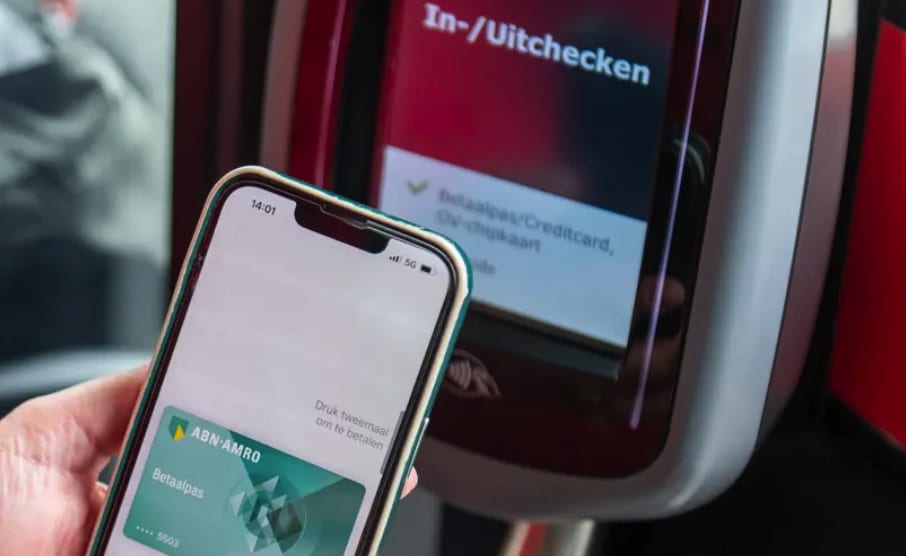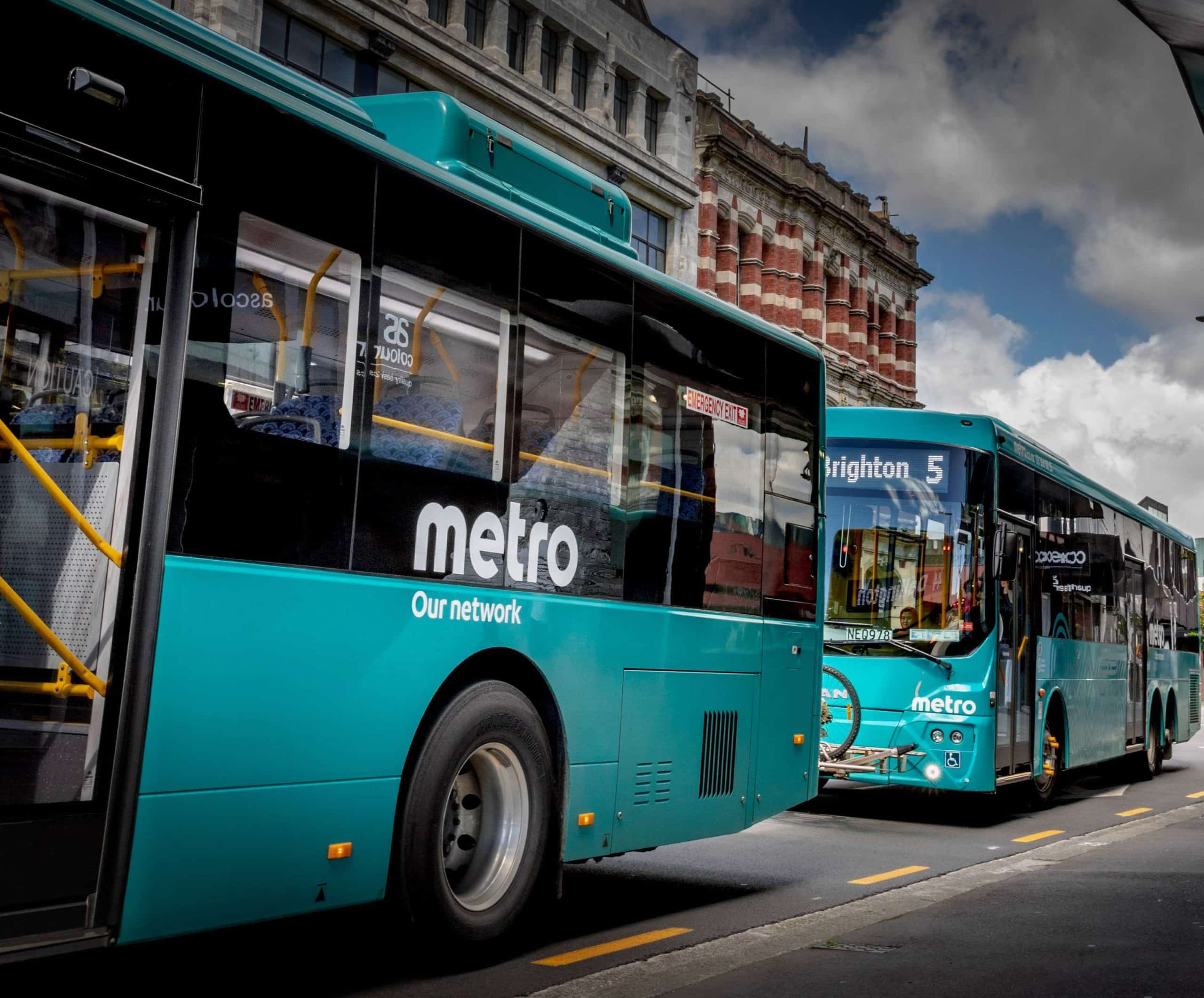
Michal Bednarek
Article Highlights
Key Takeaway:
Contactless open-loop payments revenue has already returned to pre-pandemic levels in London, despite ridership on the London Underground still around one-third lower than in 2019 and bus ridership down by around 20%.
Key Data:
• Chart: Open-loop revenue for TfL
Organizations Mentioned:
Contactless open-loop payments revenue has already returned to pre-pandemic levels in London, despite ridership on the London Underground still around one-third lower than in 2019 and bus ridership down by around 20%.

















